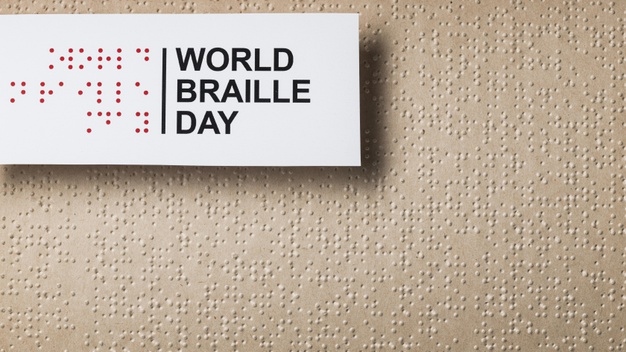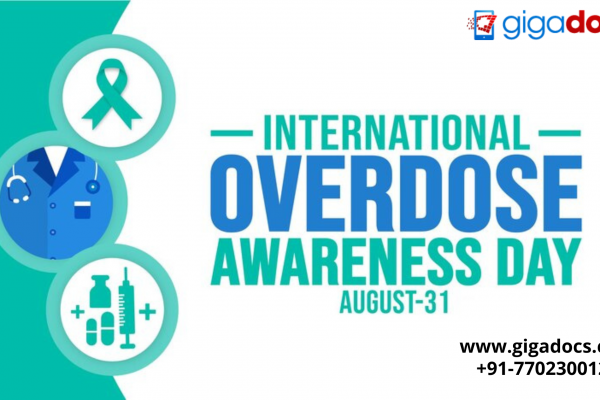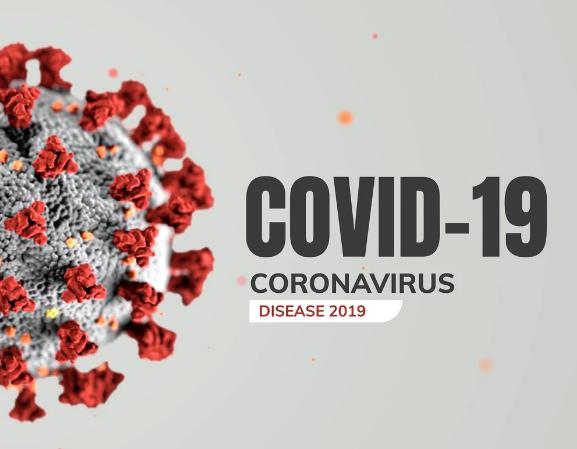Going blind is one of the greatest fears’ that patients with eye diseases fear across the world. Slowing down the entire process begins with understanding the causes, symptoms, preventive measures, and available treatments. Partial or Total Vision loss affects about 300 to 400 million globally, of this 80% of vision loss affects seniors alone.
Vision loss, both partial and total has a deterring impact on families, friends, and well-wishers of the affected. The complete loss of vision or slow eyesight deterioration can itself be frightening, making people doubt their ability to lead a normal life, maintain their independence, secure quality healthcare, provide for themselves and their families, pay for their bills and expenses and retain employment. Besides, vision loss can adversely affect one’s quality of life (QOL), aggravate the probability of falls, worsen mental health, and social impairment.
Vision Loss: Highest Risk Group
People living in developing nations with significant challenges to access quality Medicare are the most affected by vision loss. Other risk factors include-
- Premature birth and successive poor prenatal care.
- Poor nutrition and hygiene.
- Advancing age.
- Smoking.
- Family history of blindness.
- The onset of ocular diseases.
- Comorbidities (like diabetes mellitus, hypertension, cerebrovascular disease, and cardiovascular disease).
Types of Blindness
Blindness affects people across the world and the most common of them being colour blindness and night blindness-
- Colour blindness– Colour blindness is characterised when people cannot make out the difference between colour shades, particularly, green and red. Colour blindness is the most commonly inherited (genetic) partial vision loss and affects about 8% of males and 1% of women.
- Night blindness– Night blindness is a partial form of blindness that occurs when people have difficulty seeing at night or in poorly/ dimly lit environments. Night blindness is also known by nyctalopia, can be both, genetic or acquired.
- Snow Blindness– Snow blindness is a temporary painful eye condition caused by overexposure to the harmful sun’s UV rays. Snow blindness occurs when the cornea gets exposed to too much UV light leading to sunburn, eye pain, burning eye sensation, light sensitivity, and blurry vision.
- Loss of Central Vision– Central vision loss creates a blur or blind-spot, in the central cornea making focussed activities like reading, recognising faces difficult. However, as the side (peripheral) vision remains intact, the affected person can continue with their mobility and lead an independent life.
- Blurred Vision– As the name suggests, blurred vision is the term described to explain an eye condition when they cannot see objects clearly. Refractive errors, cataracts, conjunctivitis, dry eye syndrome may lead to blurred vision. Often blurred vision can be the sign of a serious eye condition. Don’t ignore blurry images and get your eye examined by an Ophthalmologist on the Gigadocs app.
- Extreme Light Sensitivity-Photophobia or extreme light sensitivity is a common symptom of migraine. Photophobic people are very sensitive to light or bright spaces. Those who suffer from extreme light sensitivity may experience severe pain or discomfort when exposed to normal illumination levels.
- Loss of Peripheral (Side) Vision– Side vision loss affects mobility to a large extent. Typically, loss of peripheral vision may slow reading speed and lead to blinkers “tunnel vision.” Partial vision loss restricts the ability to distinguish anything to one side or both sides or anything which is directly above and/or below the eye level. Ocular migraine, floater, pituitary tumour, or a retinal detachment can be the reasons behind side vision loss. Other causes include brain aneurysms, glaucoma, and stroke.
Vision Loss Causes
Both partial and total vision loss can be caused by multiple reasons. The most common being migraines, that cause temporary blind spots in both the eyes. Those who are over 50 years of age are susceptible to giant cell arteritis that may cause temporary blindness restricted in one eye, which if left untreated can cause long-term or permanent blindness. Other causes of blindness include-
Nutritional/ Diseases
- Vitamin A deficiency
- Retinopathy of prematurity
- Blood vessel diseases that involve the optic nerve, retina including-
- Stroke,
- Infectious diseases of the cornea or retina,
- Ocular inflammatory disease,
- Retinitis pigmentosa,
- Primary or secondary malignancies of the eye,
- Congenital abnormalities,
- Hereditary eye diseases.
Human-Induced Habits
These include the common unhealthy habits that irritate the eyes, and if unchecked, could result in avoidable blindness in extreme cases.
- Staring at the laptop/ TV screen for too long
Looking at the laptop/ TV screens for long could result in dry eyes. For healthy eyes, one must blink for at least 12-15 times per minute. Blinking keeps the eyes moist and distributes the fluid throughout the eyes thereby reducing significant discomfort and eye harm.
- Smoking
Smoking is disastrously harmful not for the heart and the lungs but for the eyes as well. Smoking causes lung cancer and a number of other harmful diseases. Besides, smoking decreases your body’s ability to supply enough oxygen and nutrition to the tissues, including eye tissues, which can intensify the risk of macular degeneration and cataract.
- Wearing old makeup
Wearing old make is common across geographies. However, for the safety of the eyes, cosmetics older than three months must be discarded. One must clean their makeup especially over and around the eyes before going to sleep.
Vision Loss: Symptoms and Care
- Discomfort in the eyes,
- Eye pain,
- Discharge from the eyes,
- Abnormalities when sitting in a chair and carrying out daily activities.
Our eyes call for the right protection against harmful radiation and substances. Wearing sunglasses that furnish 100% UV protection, goggles to put away chlorine contamination while swimming, and avoiding activities like welding machines goes a long way in protecting the eyes.
World Braille Day
For the visually impaired, life under lockdown has posed several challenges of its own. Persons with disabilities could face a higher risk of contamination due to a lack of access to guidelines and precautions which would protect them against the pandemic. COVID-19 has emphasized the need to intensify all activities that ensure digital inclusion. Further, the pandemic has revealed how important it is to provide information available in accessible formats, including Braille.
Braille writing code invented in 1825 by Louis Braille is an alphabet that contains 63 letters and symbols formed by a pattern of one to six raised dots arranged on a six-position grid. The World Braille day is observed on January 4th and seeks to acknowledge the contributions made by Louis Braille in helping the blind and visually impaired people read and write. Over the years, the Braille system has empowered millions of blind and visually impaired people to access information and lead an independent life.
Consulting Ophthalmologist on Gigadocs
Skipping your annual eye exam is the most harmful habit that could aggravate the risk of being afflicted with avoidable vision loss. Register for customised healthcare solutions on the Gigadocs app and consult an ophthalmologist for the common symptoms of eye diseases like blurry, spotty vision, floaters, pain and redness.
Download the Gigadocs app-
- IOS App – apple.co/2W2iG4V
- Android App – bit.ly/33AQoRC
To know more and schedule a Virtual Consultation demo, e-mail, at info@gigadocs.com




